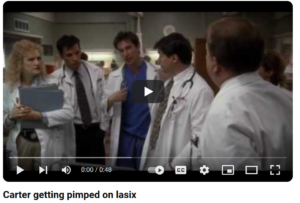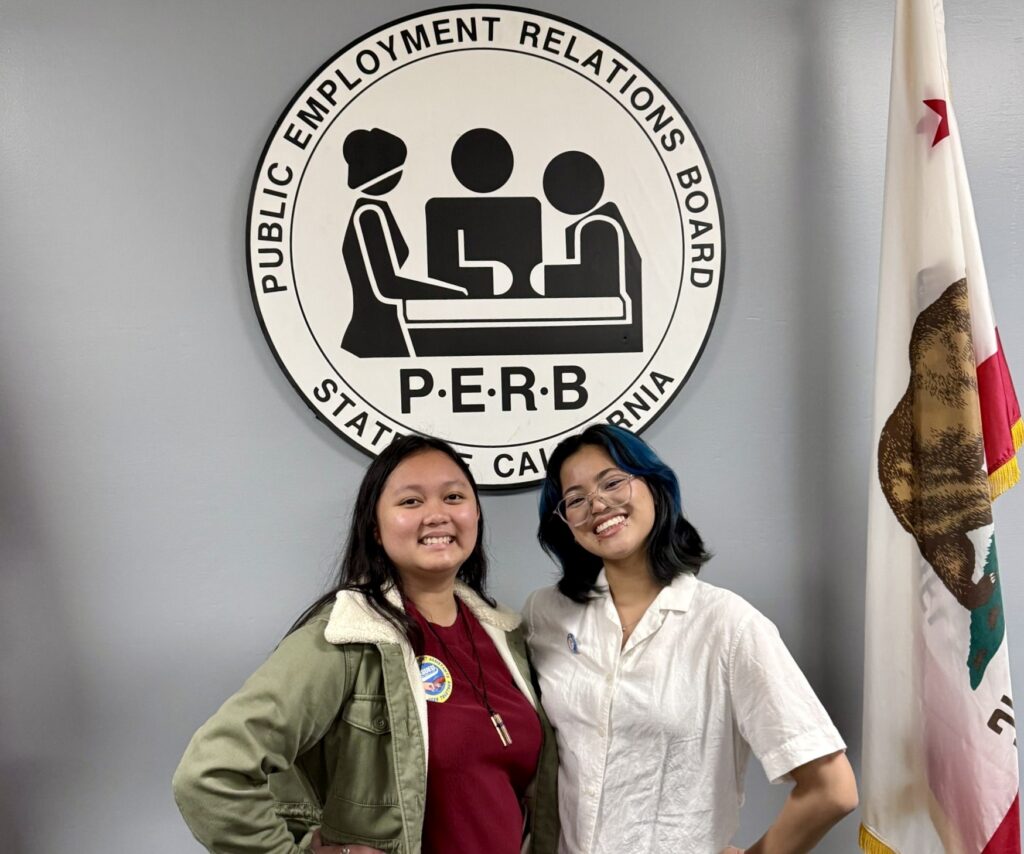
It’s not this…
Dr. Bob Arnold, Gerald J. and Dorothy R. Friedmans Chair in Palliative Care and Vice Chair for Professional Development at Mount Sinai’s Brookdale Department of Geriatrics and Palliative Medicine, and Dr. Rene Claxton, Director of Palliative Care Undergraduate and Graduate Medical Education at UPMC, are two of our twelve Teach Like a Champion Fellows from cohort 3. For their final projects. Bob and Rene studied Cold Call in the medical educator setting. They shared the following brief summary of their project!
If you are interested in becoming a TLAC Fellow or know someone who might be a good fit, applications for our fourth cohort are open and available here: https://teachlikeachampion.org/teach-like-champion-fellows/ and are due by May 30, 2025.
Cold Calling in Medical Education
For decades, medical educators have employed questioning as a teaching strategy. Senior doctors quiz learners, asking them questions until they do not know the answer and then moving on to a more senior member of the team. The focus is building on knowledge deficits.1 While learners felt this practice known as “pimping” (a gendered term for a demeaning practice) was a rite of passage, it did not cultivate psychological safety and its impact on learning is unclear. In the era of physician wellness, some educators called for the elimination of this form of questioning practice.2
Teach Like a Champion Fellows and physicians, Bob and Rene, honed in on the dissonance between their experience of pimping and their observation of exceptionally skilled educators employing questioning strategically to ensure voice equity, demonstrate loving accountability and ensure learning. They came up with the following differences:
| Pimping | Cold Calling | |
| Teacher intention
|
Highlight knowledge shortfall | Celebrate knowledge acquisition and maximize voice equity
|
| Group dynamics
|
Reinforce hierarchy
|
Create supportive learning environment
|
| Pre-requisite knowledge
|
None explicitly provided
|
Provided prior to questioning sequence
|
| Learner errors
|
Underscores learner knowledge deficit
|
Provides teacher insight into the success of their teaching (allows for checking for understanding)
|
As they brainstormed replacing the antiquated method of pimping with Cold Calling, they agreed on several core steps:
1. Start by outlining the rationale for cold call and distinguishing it from pimping in a short roll out speech. In Rene’s roll out for the first day of a series of fellows’ education, she makes sure to say:
| What she’s doing
|
I’m going to call on people even if their hands aren’t raised
|
| Why she’s doing it
|
Helps us gauge how good of job we are doing teaching…to help us stay engaged…what we pay attention to is what we learn
|
| What to do if a learner doesn’t have the right answer
|
It’s okay if you don’t know the answer. That means you’re learning…that’s why you’re here … just say pass
|
2. Carefully craft and place Cold Call questions in the lesson to set students up for success. Don’t call on someone as a punishment or to call out that they were distracted. To ensure learners have pre-requisite knowledge, assign pre-reading prior to the class session. Use Wait Time to give the students time to think about a thoughtful answer. Use formative language by starting cold call questions with low-stakes phrases like, “Who can start us off?”
In this example, Bob planned a Turn and Talk before a Cold Call to help learners teach each other (increase motivation) and feel more confident in their responses. He transitions from the Turn and Talk to the Cold Call using low stakes phrasing by directing the group, “We’re going to go from team Becca to team Courtney and see how we do.”
3. Positively frame the Cold Call practice by repeatedly setting expectations that mistakes are part of learning and respond to mistakes with supportive phrases such as, “You’re 80% there” or “Who can build on that?” When the answer is wrong, use it as an opportunity for the group to learn together by using phrases like, “That is a common mistake that we can all learn from.” These phrases maintain accountability for learning while enhancing psychological safety. Learners are more excited to contribute when they know their answers will be taken seriously and used to promote their learning.
In Bob and Rene’s experience, medical students reported high satisfaction with Cold Calling – the key was making sure teachers perform the technique effectively–setting it up carefully and making it safe which allowed students to bring their best answers and appreciate what they do know.
References
- An example of pimping from the television show ER: https://www.youtube.com/watch?v=qoT5QkGBjOA
- Chen DR, Priest KC. Pimping: a tradition of gendered disempowerment. BMC Med Educ. 2019;19(1):345. doi:10.1186/s12909-019-1761-1
Want to learn more?
Join us for our remote Engaging Academics in the Medical Educator Setting (four 90 minute remote sessions on May 22nd, May 29th, June 5th, and June 12th). Bob and Rene will be co-facilitating with the TLAC Team! Learn more and register here.



